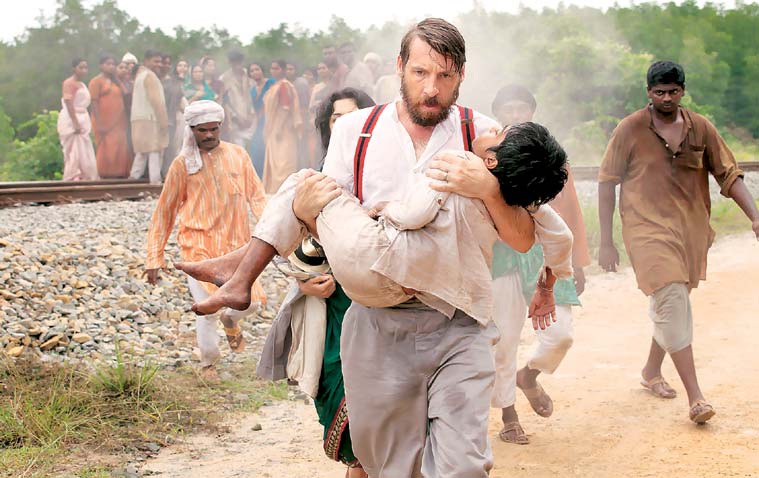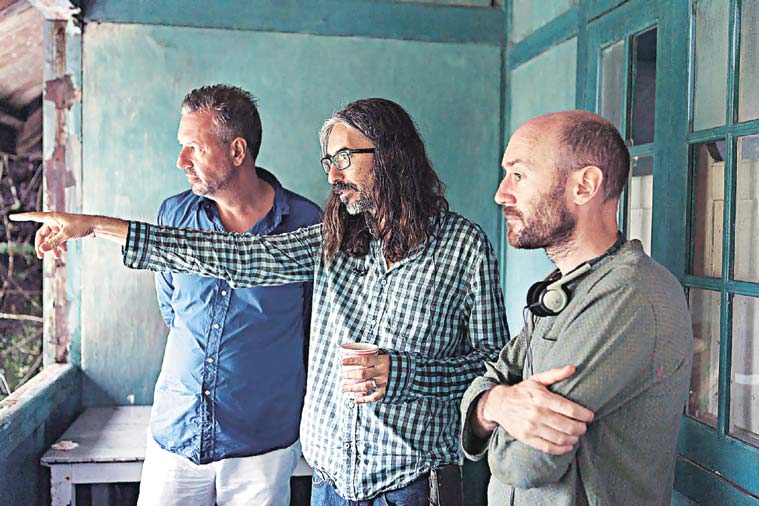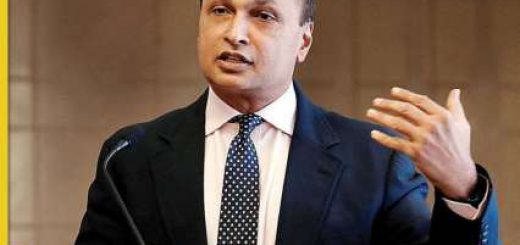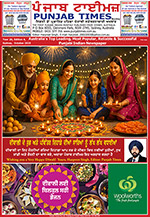Summer of the Company
Produced by Channel 4, UK, Indian Summers is their most expensive TV series at 14 million pounds.
British television is on an epic overdrive. After the success of Downton Abbey, their latest series Indian Summers, which premiered on February 15 on Channel 4 HD, opened to encouraging reviews. Set in Shimla during the initial years of the Indian nationalist movement, the 10-part series lays bare the repressive policies and laws of the British government that ruled Indians before independence. Produced by Channel 4, UK, this is their most expensive TV series at 14 million pounds. Series creator and writer Paul Rutman spoke to DEBESH BANERJEE about the show’s making, his special connection with India (his wife is from the sub-continent) and the gamble taken by the producers. Excerpts:
How did you develop an interest in period drama?
I did not start thinking about this until I visited Darjeeling on a personal trip with my family. That was about three years ago. My wife and I checked into a hotel at the hill retreat. We saw hordes of photographs of Britishers posing from the ’30 and ’50s. It felt both poignant and painful. India is an economic powerhouse nowadays. Its GDP is on the point of outstripping the UK’s. That is when I realised that there is this perplexing bond between Indians and Britains, which dates back to the days of Raj.
You have lived and worked in India before. Tell us about that period.
I became interested in India when I was 23. I first came here on a teaching assignment to Ooty, at the Lawrence School, Lovedale in Tamil Nadu. It was in 1993 and I had just completed my graduation in English from Cambridge. I was asked to teach drama at the school. The atmosphere in Ooty was so nostalgic. The shock of the cold, as well as the landscape, especially in January, when I first arrived, felt very familiar. It wasn’t hard to see why homesick Brits might have alighted on these hill stations as a refuge. The race-track, the Ooty club, as well as the lanes and rose-covered cottages, the resolutely European names of buildings and roads, still carried a flavour of that homesickness.
What sort of research went into producing the period drama?
Mainly books. I spent a long time reading Jawaharlal Nehru’s autobiography. From the British side of things, I was reading Indian Embers by Lady Lawrence. I spent most of 2013 reading and then in 2014 I wrote over a four-month period. I consulted Raaja Bhasin, a historian in Shimla, Alistair Bruce (who was also a consultant for Downton Abbey) and Uma Chakravarti, a historian from Delhi.
How did you shape up the characters and the storyline?
Being a spare part of an Asian diaspora gave me the confidence to write my way into the Parsi family of the Dalals, who are my central Indian family. I was interested in writing about Parsis, because in some ways this community found itself caught between the British and other parts of Indian society. Like the British, the Parsis are a sort of endangered community, fighting for its survival. The mood of elegy, of decline, infects the Dalals, as much as it does the British figures in the story.
As for the British family — the Whelans — they are what would, at the time, have been called the ‘blue-bloods’. They have been working and living in India for many generations, and are more at home in India than in England. In fact, they have some status here in India, but it’s not matched back in Britain.
Is there currently an audience for such shows in Britain?
I tried not to think about that. You write something attractive and hope that it finds its own audience. When I spoke to Britishers, they vaguely recalled of having some distant uncle or relative posted in Punjab. But as a consensus, there is a sense of shame that prevails among the British about that period of their history.
The first season of the 10-part series starts from 1932. Why have you selected this period?
It was a repressive campaign led by the Viceroy during and between 1931-32. It is the point in history when the British administration comes down heavily on the Indian Nationalist movement.
What will be the future of the show?
The producers and Channel 4 have already commissioned the second season of the show. It is set in 1935 as it is Viceroy Lord Willingdon’s last summer in India and also when the British are about to launch a new law. We are hoping to do five series till 1947, when India gains independence. But it is a big gamble that the producers have undertaken.
Source:: Indian Express








